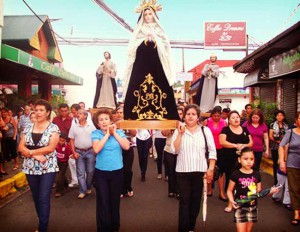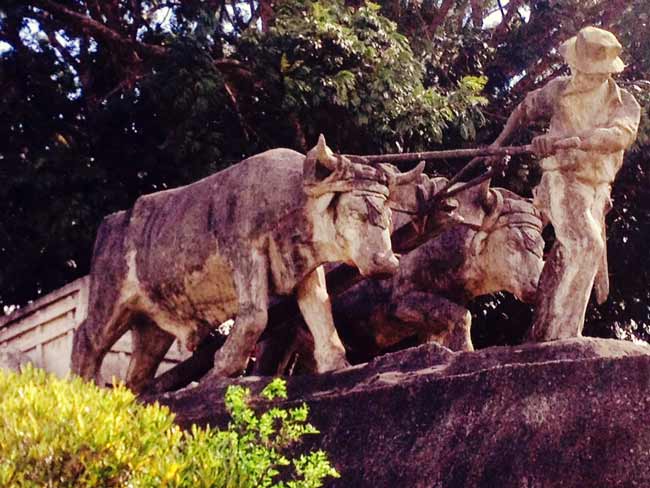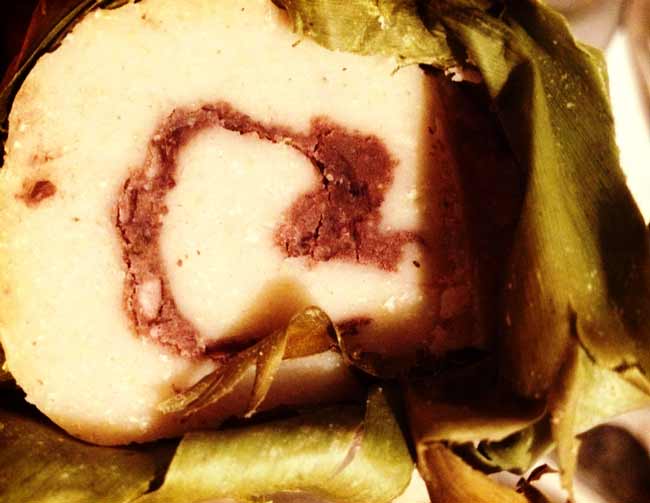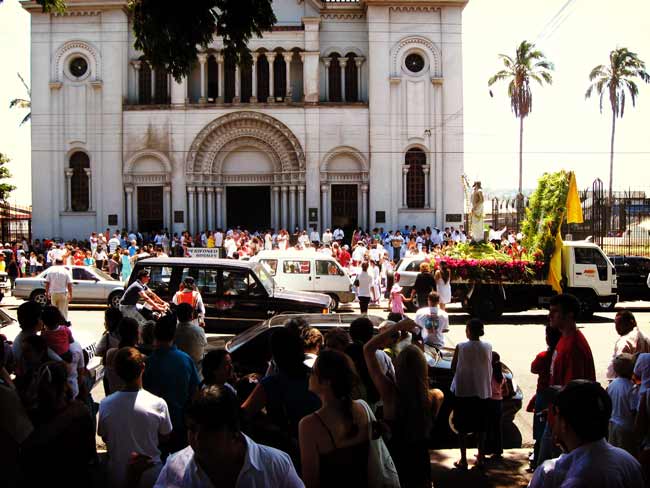 The days leading up to Easter Sunday (on March 27th in 2016) are traditionally known as Holy Week, or Semana Santa in Costa Rica. During the week, local ticos prepare for the death and resurrection of Jesus Christ, observing this holy time with processions, masses at church and by spending time with loved ones.
The days leading up to Easter Sunday (on March 27th in 2016) are traditionally known as Holy Week, or Semana Santa in Costa Rica. During the week, local ticos prepare for the death and resurrection of Jesus Christ, observing this holy time with processions, masses at church and by spending time with loved ones.
Around 70 per cent of the local population is Roman Catholic, so wherever you’re based when you volunteer in Costa Rica, you should be within easy reach of some local celebrations. Head to the nearest village, town or city to witness Eastertide, Costa Rican style, and keep reading to find out more about how Holy Week is celebrated in the Latin American country.
Palm Sunday – the start of Holy Week
The Sunday before the main Easter celebration is known as Palm Sunday, at which time local ticos celebrate the historic entry of Jesus into Jerusalem. Catholic ticos attend mass on Palm Sunday, where they receive a palm leaf blessed by the priest. In the bible, Jesus was welcomed into Jerusalem by crowds waving palm tree branches.
To commemorate the event and mark the start of Holy Week, Costa Ricans will often process around the church and local area with their palm leaves, and sometimes the biblical scene is re-enacted by churchgoers in full ancient attire.
Maundy Thursday – a poignant passover
 Also known as Holy Thursday, Maundy Thursday is the next day of commemoration during Eastertide. Ticos celebrate mass, which becomes especially significant as this time in the church’s calendar marks the Last Supper – when Jesus ate a Passover meal with his followers the night before he was crucified.
Also known as Holy Thursday, Maundy Thursday is the next day of commemoration during Eastertide. Ticos celebrate mass, which becomes especially significant as this time in the church’s calendar marks the Last Supper – when Jesus ate a Passover meal with his followers the night before he was crucified.
A key part of the mass on Maundy Thursday is the washing of feet – in the bible, Jesus washed the feet of his disciples the day before his crucifixion, and so the priest washes the feet of members of his congregation in homage. Usually, the feet of 12 churchgoers are washed to symbolize each of the apostles.
Holy Thursday is a public holiday in Costa Rica, as is Good Friday. On these days, everything winds down within the local area as people shut up shop and spend time at home with their families and at church to mark the important event.
Good Friday – respect and reverence

The most poignant day of the Easter celebration is Good Friday, which marks the day on which Jesus was arrested, tried and crucified. To commemorate the day, many ticos fast, or at the very least avoid eating meat as a sign of respect. A dry law is also in place from Wednesday, so it’s not possible to buy alcohol until the end of Holy Week.
Prayer and meditation are a key part of the day’s events; local people attend church and often a cross is taken outside, with the people following in procession, marking the Stations of the Cross.
In some parts of Costa Rica, such as the Central Valley, the Good Friday processions are not to be missed; locals often re-enact the final hours of Jesus’ life in traditional costume, carrying a cross and life-size statue of Jesus through the streets. In some instances, local people put on a play of the day’s events, playing the parts of Jesus, his followers, Pilate and other characters from the bible.
The procession is performed by people who have professed to have lived the past year without sin and in accordance with Roman Catholic teachings. The biggest and most spectacular processions can be seen in San Jose and Heredia, and these are often televised.
Easter Sunday – resurrection and rejoicing
On Easter Sunday, ticos mark the resurrection of Jesus, as it was on this day that the disciples found Jesus’ tomb to be empty. In the bible, Jesus appeared to his followers to tell them the good news that he had risen from the dead and promise them eternal life in Heaven; this is the most important day of the year for Catholic Christians.
Mass is celebrated at churches up and down the country and it’s a time of rejoicing for Costa Ricans, many of whom have been fasting for weeks. Church bells ring out and a carnival atmosphere takes hold of the nation.

Joyous feasts are commonplace on Easter Sunday and at the center of a Costa Rican Easter banquet are traditional dishes made from the seasonal fruit chiverre. Similar to a squash, chiverres grow to be watermelon-sized and are made into a delicious type of honey called miel de chiverre. Empanadas de chiverre are also prepared, in which the fruit is wrapped in bread and cooked. French toast, or torrijas de leche, is also commonly eaten at this time of year.
The dry law is lifted today and ticos can enjoy their meal with a glass of wine or a cool beer, and many people make the most of their time off work by hitting the beach and spending time with their loved ones, as well as by giving thanks and celebrating the resurrection at church.
Takeaway
A predominantly Christian country, Costa Rica’s citizens celebrate many religious festivals throughout the year, with Easter being one of the most important. If you’re volunteering in Costa Rica at this time of year, you’ll have a first-hand experience of local culture and tradition, including the solemnity of the poignant processions and the subsequent cheer and enjoyment of the Easter Sunday celebrations.
It’s worth bearing in mind that Holy Week brings with it some changes, such as the dry law, as well as a number of public holidays. If your volunteer project is closed for a few days over Easter, why not make the most of your time off by exploring the local beauty spots, visiting the beach and getting to know your fellow volunteers? Find out more about what you can see and do when you volunteer in Costa Rica by downloading our country guide.